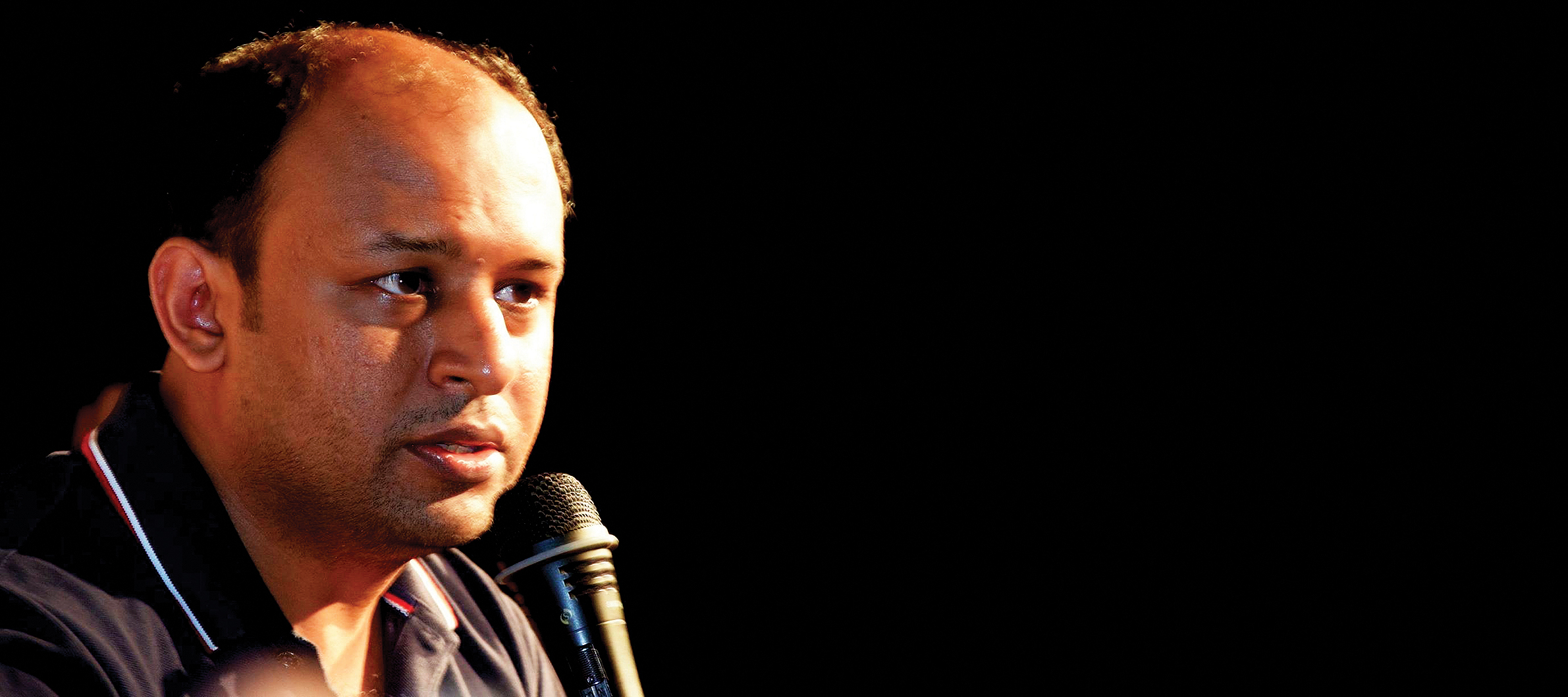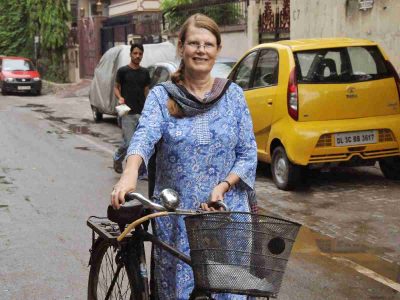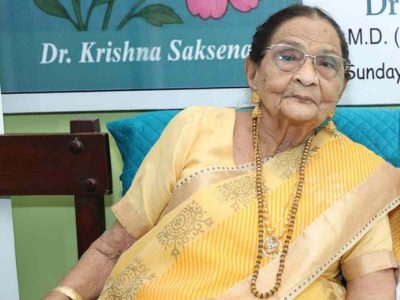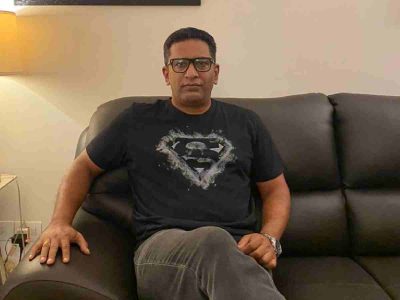In an interview with Patriot, Pratik sinha — cofounder of AltNews, the Indian fact-checking website speaks on basic practices followed in Altnews and his stance against criminalising someone for spreading fake news
What’s the thumb rule for AltNews when it comes to prioritising a news item for fact-checking?
When we first started, the priority was clear — ‘What is viral?’ And it continues to be so; we don’t want to push something that is misinformation and not being shared extensively. But over time, we have developed a gut feeling about things which might go viral. For example, most things communal will go viral. Or a known politician, who takes somebody’s video and makes that person look stupid, then we know it’s definitely going to go viral.
The standard practice is to see if it’s viral among the public and not from any known accounts or is. shared by a prominent opinion maker — who can be a political or a known journalist. Number three, if it has a communal angle to it. Number four, the things we usually pick up are things aimed at defaming individuals, where misinformation has been used extensively to put down prominent voices from the society.
How was your process at the time of Pulwama attacks and Balakot air strike? How were you handling the massive outpouring of videos? Did you see any change in your work?
It was relentless. The quantity of it, I mean the amount of information coming through. The approach has more or less remained the same. When AltNews first started two years ago, we came from a non-journalist, tech background. And it helped us doing things, which the journalists were not able to do. Like, tracking down websites and finding the website owner and who all are putting misinformation. And of course, we were the ones who first started using a variety of digital tools to find out what’s what?
Those techniques have remained the same, but we have become better, it’s just a question of being repetitive, or tactics we can use to make things faster.
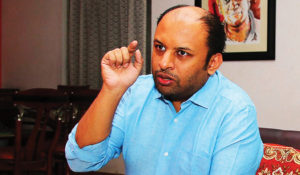
Since AltNews Hindi is there now, do you think it’s entering the WhatsApp university groups well in Tier 2 and 3 cities? How do you see its penetration?
See, if we talk about penetration of AltNews as a whole, it’s not like we have a whole lot of penetration. At this point of time, I think we have 19 million views but these are not unique — that would be around 13 or 14 million. These are approximate figures, I don’t have it right now. Now over the period of two years that’s nothing, right? I mean what is 13 million in a country like India?
The people who come again and again would be a much smaller fraction of these 13 million unique views. So, we haven’t had that kind of impact yet. If we had it, then that is the ideal scenario for us as fact checkers. You know that people in Tier II and Tier III cities are reading us and that would really reduce the effect of misinformation.
Misinformation is everywhere and it’s not limited to any economic class. Yes, for example child kidnapping did impact the lower economic section of the society where there are certain kind of rumors with misinformation which does affect a certain economic class more but since we’re talking in the time of elections and we’re talking about political misinformation, this is class agnostic.
But, having said that, access to information is also privilege and proportionally, access to fact check is also a privilege. So, we started writing out in English, of course it’s the people who live in urban cities who are more on social media just because of the longevity of being on these platforms, and opposed to that Tier II and III cities very often they would speak in vernacular language and read the same, they won’t be that comfortable with English. So, while we have AltNews Hindi, I don’t think we have been able to reach it, I can say that from the traffic statistics. It’s tiny.
But, that is what we’re hoping to read and that’s why we’re coming up with an app.
Tell us more about the app…
It will let you send an image or a video to this app of ours and we’ll give you an automation answer if the story has already been fact-checked by us. So, let’s say Pulwama, there was a video claiming this is the strike, but in reality it was a video game and if we put this video into our app, we will recognise that it’s already been fact checked and give you an automated answer. If the algorithms are not able to automatically determine that this is fact checked, then you will get a notification at a later point of time.
This will be both in English and Hindi, so we’re hoping a lot of people will start using the Hindi version. The problem we’re trying to solve is that misinformation is essentially fiction and at present the search tool that is available, whether its Google or Bing, the anchor of search is text.
You type certain keywords to find something, right? In most cases, the misinformation has an element of visual as an image or a video. And it is difficult to describe the video and figure out from Google if something is true or not.
So, the app is essentially a search engine. But a search engine in which you don’t put text, but the video which you’ve got. So, we’re essentially changing the paradigm of search from text as an anchor to image/video as an anchor.
In an interview this year, you said criminalising someone for spreading fake news is not an option because that could be the case of sheer helplessness. Can you elaborate on that?
Context of that was…I’ll give you two-three examples. One, law does not see what sort of information you’re putting out, especially the way legal things work in India where very often the police, all they want to do is that look we have done something, so they end up arresting somebody.
Let me give you real examples. First, Nipah virus broke out in Kerala, and it had 85% mortality rate. A message went viral claiming that you should take homeopathic drug called Gelsemium 200 and it will protect you from Nipah virus. It went viral because of the fact that this disease has an 85% mortality rate, so people were forwarding it out of fear. But such kind of information is dangerous.
Another example. In Gujarat, the vaccination rates in certain towns, especially a couple of towns with Muslim majority , dropped massively because of a rumour which was put out claiming that RSS has somehow fudged the vaccines to make people impotent. The kids who will take this vaccination will end up being impotent.
Now, if that Muslim community is forwarding that information among themselves, they’re doing so because of lack of knowledge and of the fear that is generated because of the political situation of the country.
In either of these cases, if you criminalise misinformation, first you will never know in WhatsApp who started it, you would only know who’s forwarding it. We will end up arresting people who are not forwarding messages from position of malice, but due to other factors. In political misinformation, you may say there’s often malice, but when you create a law, it does not differentiate between any misinformation.
So, there are multiple factors because of which I’m against criminalisation. There can be certain reforms in law in which social media companies handle it, there’s a possibility there. As far as individuals being arrested for misinformation, I’m against it.
If a video turns out to be fake, and it’s already channeled across mediums, according to you how much room is there for damage control?
This question is very valid, and my answer to this has gotten reformed overtime because of what we’re trying to do and what impact we have. What AltNews has achieved is we are debunking misinformation so that it does not go further, so that others can source our fact checked materials and write about it.
But what we are striving to do is not just stop that strain of misinformation but also create more critical thought among people. There are many people who would have come across the video (Balakot airstrike) and they might have forwarded it. But after that they would’ve come across the fact checked news item by us. We have seen people silently delete things when they come across such items.
Now what we are striving is that next time a fake video is put out — they will be more critical about forwarding it. This is a societal issue, it is not something that will go away in a jiffy, it will be a gradual process.

